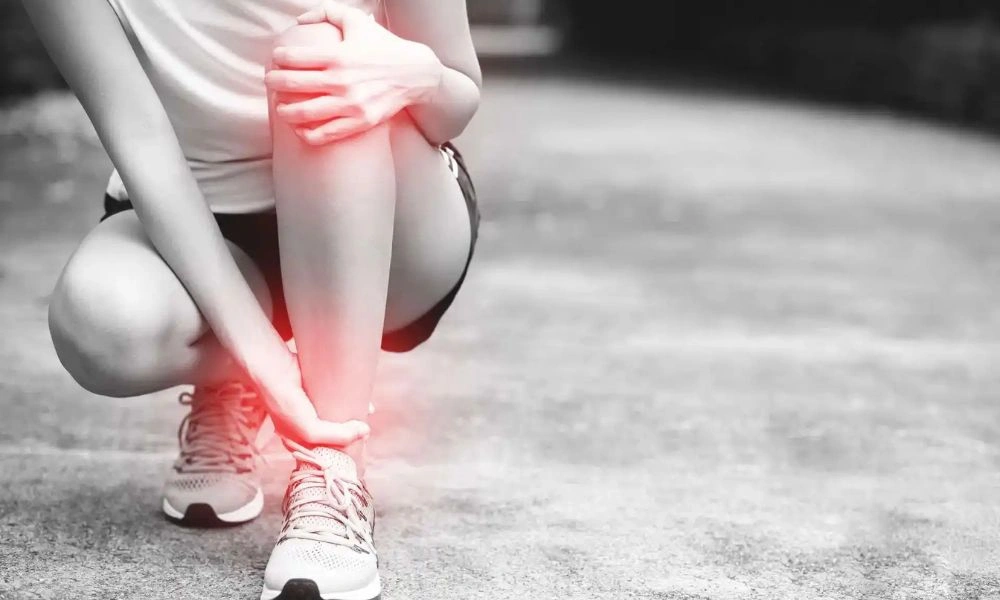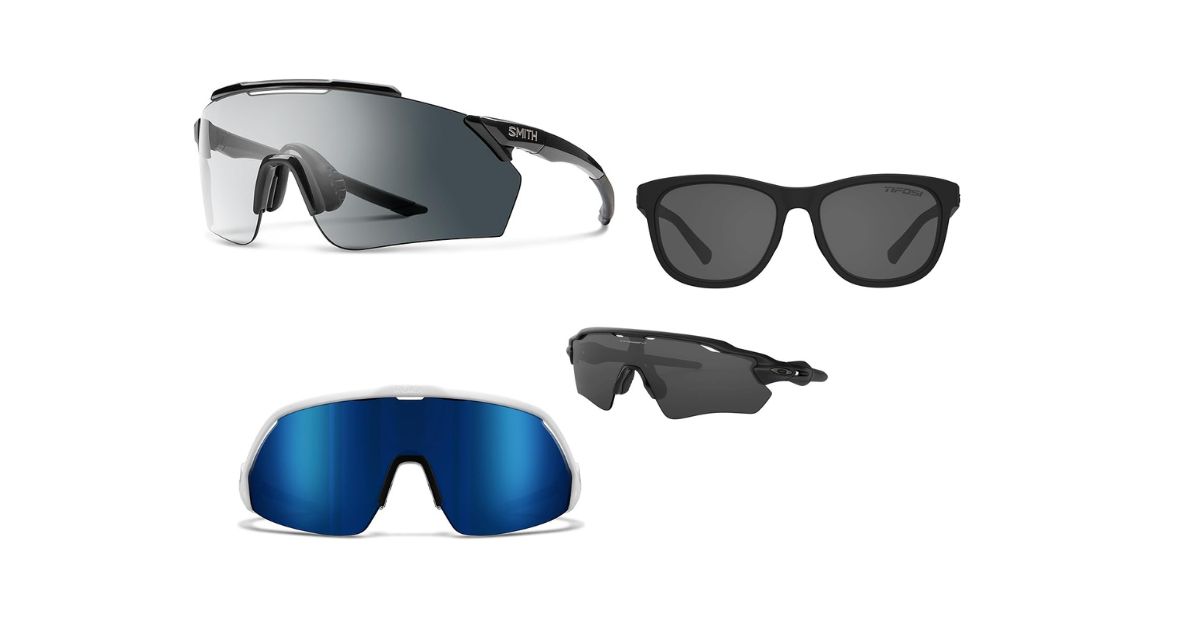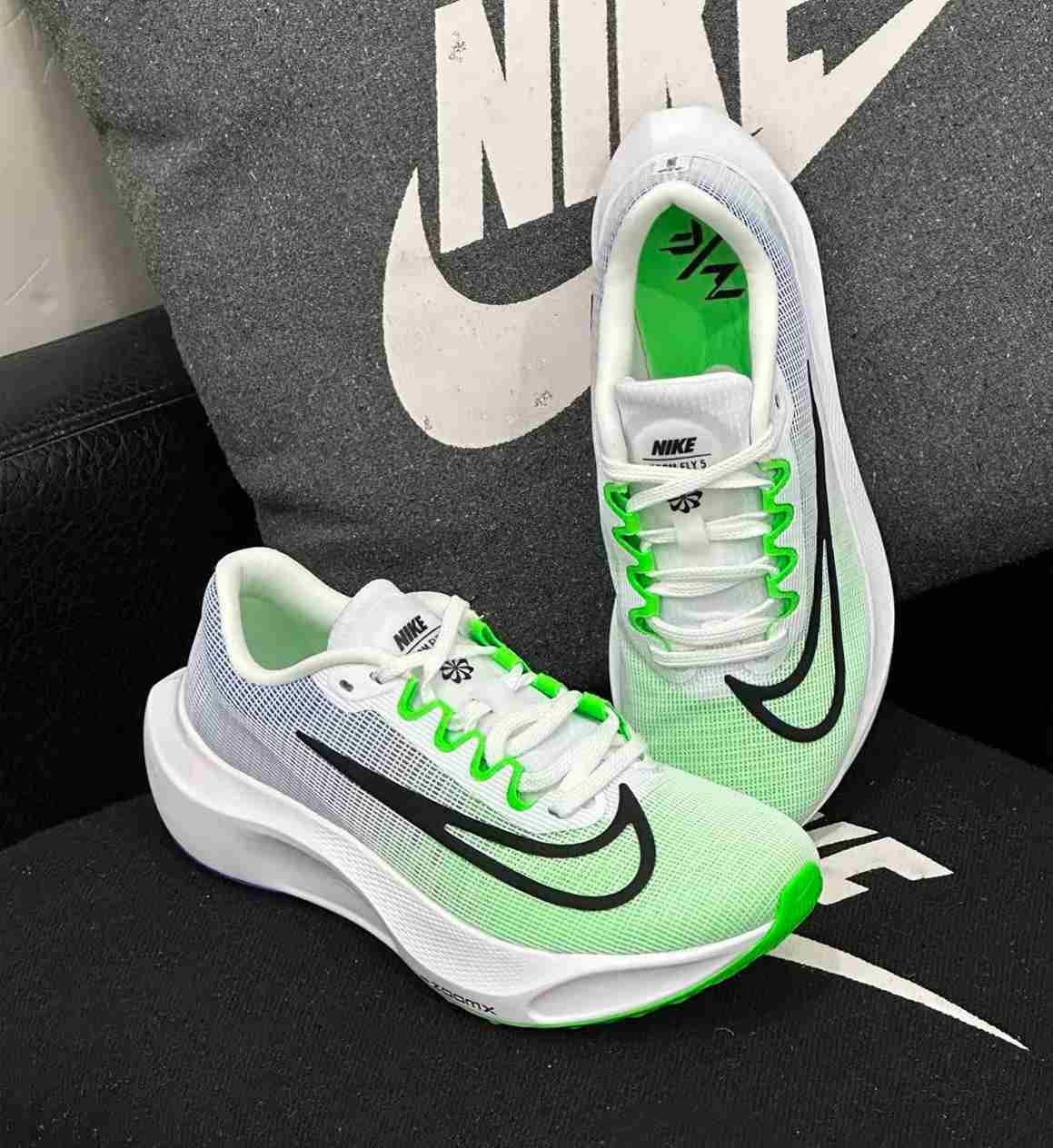If you’re reading this article because you’re dealing with knee pain, chances are you’re facing the symptoms of a runner’s knee and are eager to find a way to fix it so you can get back to running.
If that sounds like you, you’ve found the right place. We’re here to help you figure out if you’re dealing with this injury, what might have caused it, and how to avoid it in the future.
We’ll guide you through the treatment options, from conservative to more intensive approaches.
What is a Runner’s Knee Injury?
Patellofemoral pain syndrome, often known as the runner’s knee, is the most common injury among runners, affecting about 16.5%, according to a recent study.
This injury usually causes a dull ache around or just above the kneecap. Activities like squats, running (downhill in particular), walking downstairs, or sitting for a long time can worsen the pain.
A runner’s knee can interfere with training and might even make you rethink your competition plans. If you have this syndrome, you’ll notice pain when straightening your knee against resistance and pressing directly on the kneecap.
It’s critical not to confuse patellofemoral pain syndrome with patellar tendinitis, which is different. Patellar tendinitis is felt in the tendon linking the kneecap to the shinbone and needs a different approach for treatment.
Interestingly, patellofemoral pain syndrome is more common in women, though the exact reasons for this difference aren’t fully understood.
The most popular theory that women are more susceptible to knee injuries because they have wider hips has been debunked. Other theories regarding differences in leg length and pronation are also unhelpful.
Why Do Runners Get Knee Pain?

Research on Patellofemoral Pain Syndrome (PFPS), often known as runner’s knee, traditionally focused on how the kneecap moves, mainly how the thigh muscles control its track along the thigh bone.
Studies have highlighted that tight thigh and calf muscles, poor ability to jump high (which relies heavily on solid thigh muscles), and general weakness in these muscles can increase the risk of developing PFPS.
The vast medialis muscle, part of the thigh muscles, was a key factor because it worked differently in those with PFPS. Runners who strengthened this muscle often saw improvements. However, newer studies suggest that these benefits come from strengthening the thigh muscles, not just one specific muscle.
Yet, it’s worth noting that many runners need to focus on thigh muscle strength exercises to get better.
Effective Treatments for Runner’s Knee
Over the last decade, new research has shed light on another critical factor in knee injuries for runners: the mechanics of the hip.
It’s been discovered that the issue often attributed to the kneecap moving outward is actually due to the thigh bone (femur) rotating.
This finding is particularly relevant for many runners with PFPS, especially women, who tend to have weaker muscles in the hips that help with abduction (moving the leg away from the body’s midline) and external rotation.
This muscle weakness can alter running biomechanics, causing the knee to tilt inward during a run.
Some studies have used treadmills and camera systems to closely examine how runners with PFPS move, highlighting changes in their stride and biomechanics.
Although this detailed analysis isn’t accessible to most runners, there’s promising news: early research indicates that hip stabilizing exercises can be very effective. Specifically, a well-rounded training program for addressing PFPS should include exercises that strengthen the hip abductors, external rotators, and quadriceps.
Effective programs also often incorporate strength training for the hip flexors/extensors, functional movements like squats that work multiple joints and muscles simultaneously, and balance training.
How to Reduce Recovery Time for Runner’s Knee?
For many runners, regular strength training can eventually help relieve knee pain. However, there are additional treatments that can either provide temporary relief or complement a strength training program.
Stretching and using a specialized foam roller for deep massage can be beneficial alongside strength training. These practices help relax tight calf muscles and quadriceps.
If you continue running with an injury, your muscles may become tense, but massaging with a foam roller and doing quadriceps stretches can help ease tension—just be cautious if stretching irritates your knee.
Using an elastic bandage or kinesiology tape has been found to offer some relief for athletes with knee pain. A knee brace or neoprene sleeve may also provide relief. Interestingly, simply having a tape, bandage, or brace can provide relief, regardless of how it’s applied.
While custom orthotics might speed up recovery for some, evidence suggests they may not have a significant impact after a few weeks of use. However, many runners report significant relief with custom orthotics, so it could be worth trying if initial treatments aren’t effective.
It’s essential to note that limited evidence suggests factors below the knee (feet and ankles) play a role in PFPS development. Therefore, regular or custom orthotics should not be the first choice for treating patellofemoral pain.
Conservative Treating Methods
1. Exercises to strengthen the following muscles:
Hip abductors – lifting the leg while lying on your side or abducting the leg to the side using a rubber band.
External rotators of the hip-clam exercise in a side-lying position or external foot rotation using a rubber band.
Quadriceps – straight leg lift while lying on the floor (the second leg is bent at the knee).
To start, perform 15 repetitions of each exercise once a day. You can do two or even three sets of 15 reps as your strength increases. All exercises must be performed SLOWLY!
2. Exercises to strengthen the leg muscles in general and improve balance:
Maintaining balance, perhaps on an unstable surface (Bosu ball), initially for 30 seconds or 1 minute, and gradually increasing this period to whatever you prefer.
Partial range squats on a step, starting with 1 set of 15 reps and gradually increasing the amount of work to 2 or 3 sets.
Glute bridge – hold the position for 10 seconds, do 10-12 repetitions, and gradually work up to holding the pose for 2 minutes.
3. Apply ice after each run.
4. Exercises to stretch the quadriceps and calf muscles.
5. Deep massage of the quadriceps and calf muscles with a unique roller.
6. Tap the knee joint with a regular elastic bandage or flexible kinesiology tape.
Aggressive Treatment Methods
These options are often more expensive or easier to access.
They should only be used if the knee does not improve despite several weeks of exercise, rest, and other rehabilitation treatments.
1. Analysis of a running stride in a physical therapy room using a treadmill and a high-speed camera to detect and correct poor running technique.
2. Custom orthotics can change your running stride and reduce stress on your knees, but they also may not help at all.
When Is It Safe to Start Running Again After PFPS?
Dealing with patellofemoral pain requires caution, as it can linger for weeks or even months. In general, you shouldn’t run through pain.
During recovery, you might notice some initial knee motion loss at the beginning of your run. If your knee motion improves as you continue running, it’s generally safe to proceed.
Predicting the exact duration of time away from running is challenging due to the nature of this biomechanical injury. Most treatment plans suggested in scientific journals span 4-6 weeks of exercise and non-injurious physical activity, but every case is unique.
It’s important to note that your condition won’t worsen as much as you might fear during this recovery period, so dedicating this time to treatment is wise.
Depending on when you catch the injury, a few days of rest may be sufficient. Still, if you’ve been running with patellofemoral pain for an extended period, a longer break may be necessary.
A knowledgeable doctor or physical therapist can estimate your required rest before returning to running. In the meantime, consider cross-training options that won’t harm your knee.
Aqua-jogging, elliptical training, and exercise cycling are viable alternatives, but pay attention to how they affect your knee. If any form of cross-training exacerbates your knee pain, it’s best to avoid it.




